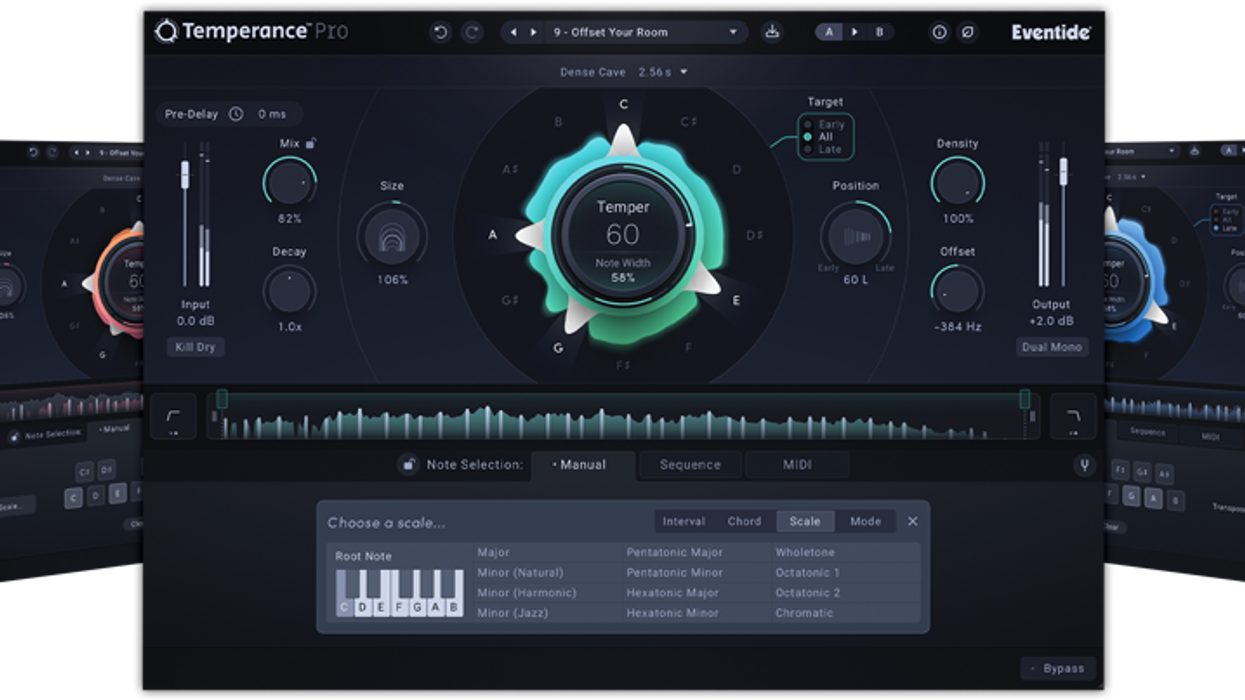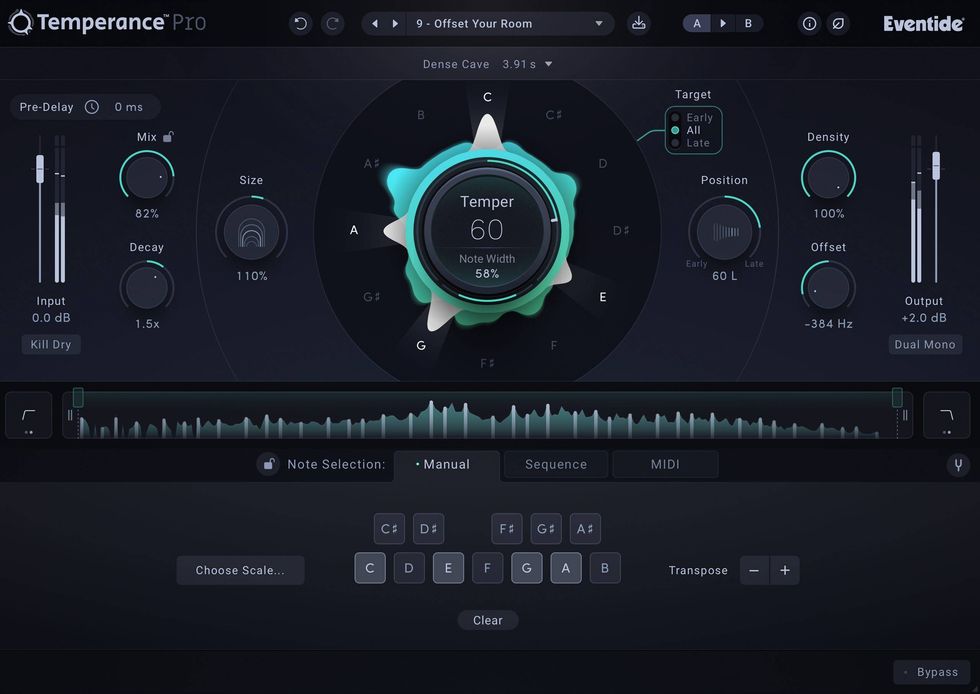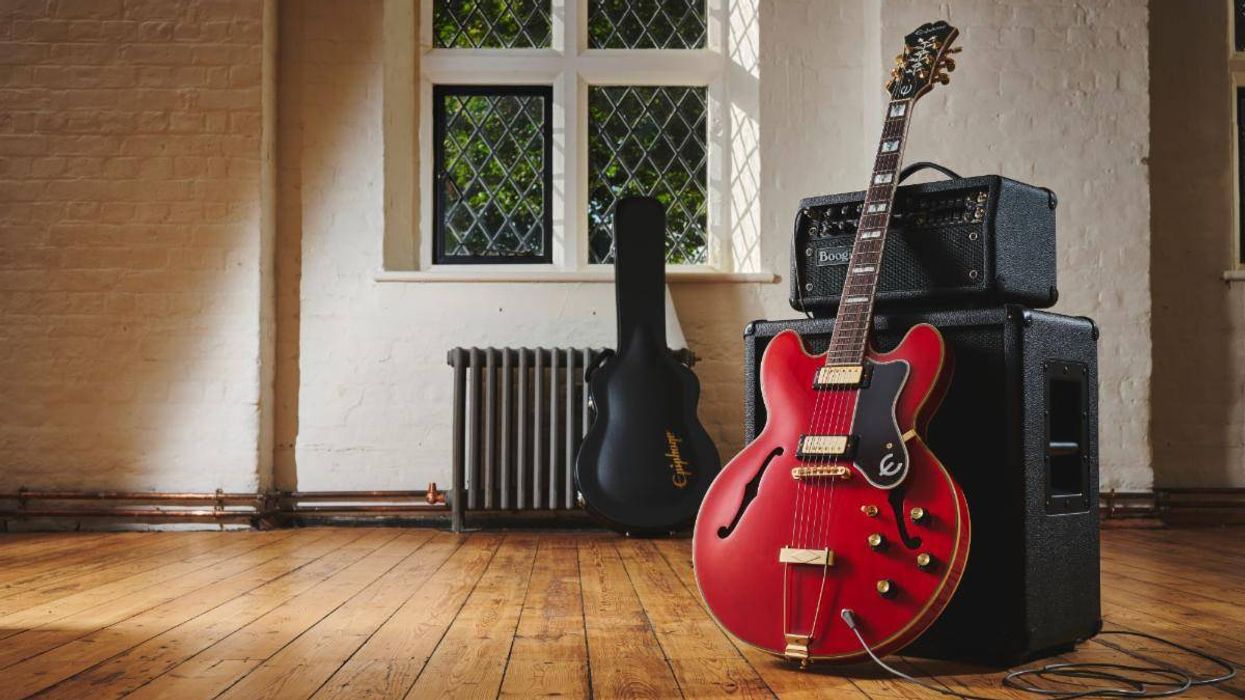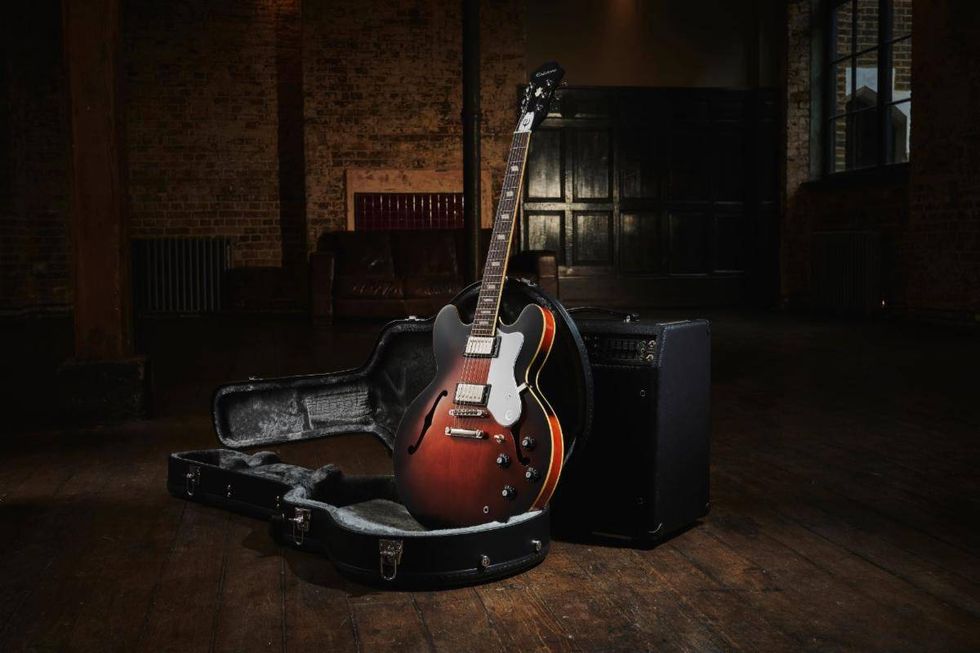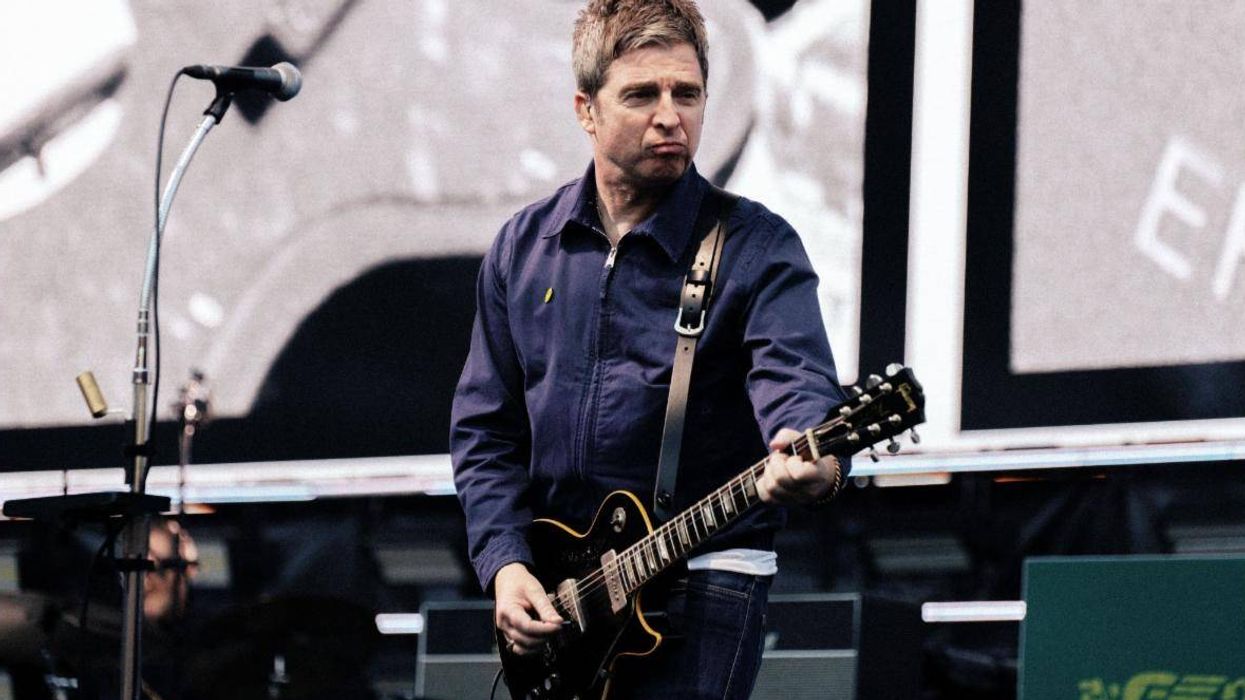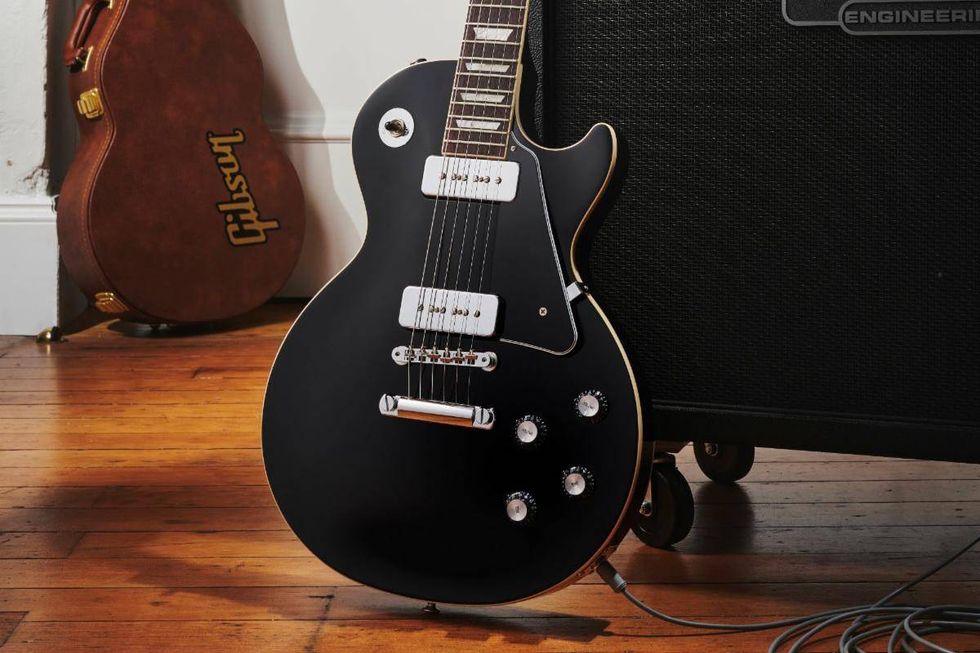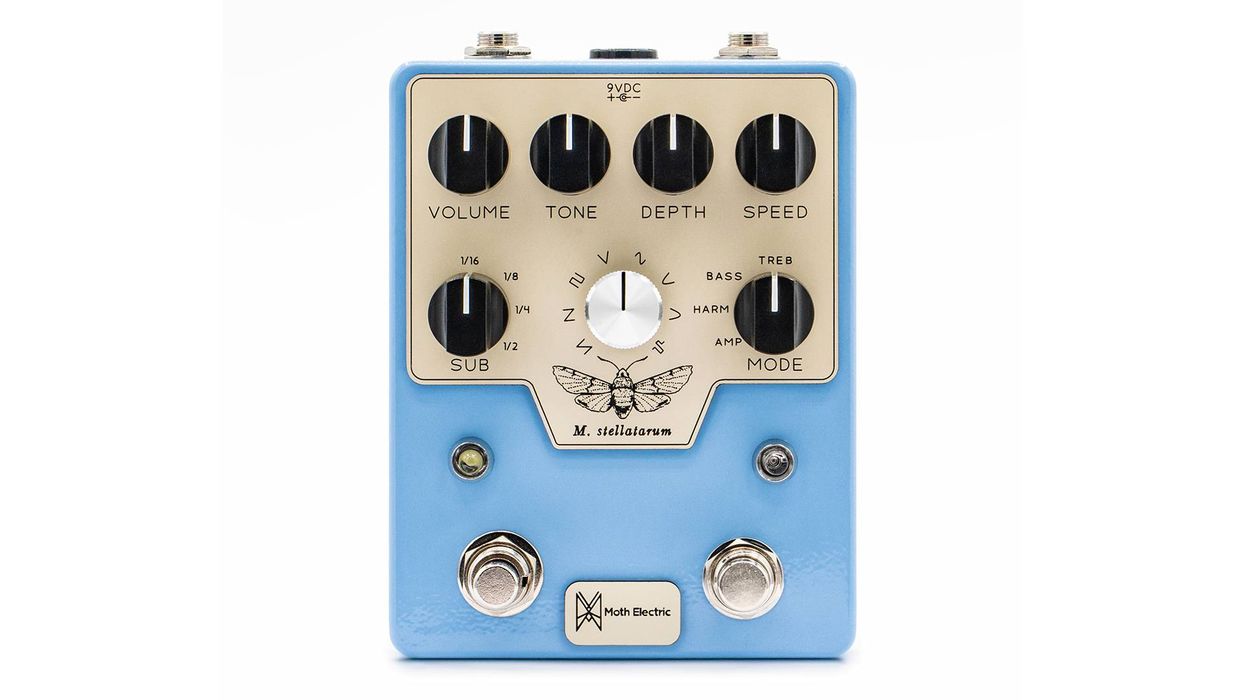Over three-and-a-half years after Randall Smith sold Mesa/Boogie to Gibson, Smith has completed his time with Gibson as the brand’s master designer and pioneer. Through his ground-breaking work at Mesa/Boogie, Smith was responsible for innovative modifications that gave small amplifiers more input gain, making them much louder, as well as creating an all-new high-gain distorted guitar tones.
Mesa/Boogie began as a small amplifier repair shop and was founded 55 years ago in 1969, in Mill Valley, CA by Smith who simultaneously respected and improved the vintage classics with his inventions. Smith’s ear for tone, passion for tube technology, and vision for building handcrafted high-performance amplifiers continues to redefine how we experience sound. Beginning at Prune Music in Northern California, Smith reconfigured amplifiers for more sound and power for all the great San Francisco area bands over 50 years ago when vintage gear was new. Being close to so many great guitar players, from Bloomfield to Santana and The Rolling Stones, Smith learned the virtues and shortcomings of the era’s gear and began a process of innovation, excellence, and invention that continues at the Mesa/Boogie craftory in Petaluma, CA today. Mesa/Boogie was the first boutique amplifier builder and revolutionized amplifier performance in ways that impact rock music worldwide.
Throughout the ‘80s and ‘90s a score of additional innovative and patented improvements saw Mesa Engineering emerge as the leader in tube amplifier technology. Today, Mesa/Boogie amplifiers and cabinets are renowned worldwide and unparalleled in performance and quality, every product is still hand-built, and our artisans are tenured with an average of 15 years at their post, many for much longer. We still hold true to the simple but increasingly rare principles Smith used to catapult Mesa/Boogie onto the world stage, hand-building the very best amps and cabinets and treating each customer as we wish to be treated.
Smith has positioned his legacy to be carried forward through the Mesa/Boogie team's continued commitment to quality and tone, and for the last two decades has been training the next generation of Mesa/Boogie designers.
Smith has been instrumental in growing the Mesa/Boogie portfolio with exciting new product offerings and overseeing the launch of the popular new Gibson Falcon amplifiers.
“I am incredibly grateful for Smith’s pioneering insights, design, and trust in Gibson,” says Cesar Gueikian, CEO of Gibson. “Randy’s DNA will always be present, and over the last few decades he has trained the new generation of designers that have been leading the way for Gibson and MESA/Boogie amps. As we evolve our Gibson Amps collection, including our Gibson and MESA/Boogie brands, Randy, and his original design ideas, will continue to inspire us to make the best and highest quality amplifiers we’ve ever made.”
“We’ve all talked about this day and have prepared for it in many ways over the years, but Randall Smith is a ‘force of nature’, and you can’t imagine it coming to fruition,” adds Doug West, Director of R&D at Mesa/Boogie. “Now, I reflect on the fact that few in this world ever get the chance to be mentored, coached to excellence and to perform at their consistent personal best in the ways our design team, and everyone here at Mesa/Boogie, have under his tutelage. Randy leaves us in good stead to carry on his legacy and tradition of excellence. With our respect for him and our shared love for what Gibson and Mesa/Boogie represent to music, Randy can bask in the contentment of knowing he has spread Tone and Joy the world over with his creations and that his contributions to music have made an indelible mark on generations, and the sound of electric guitar and bass over the last 55 years.”
For more information, please visit mesaboogie.com.
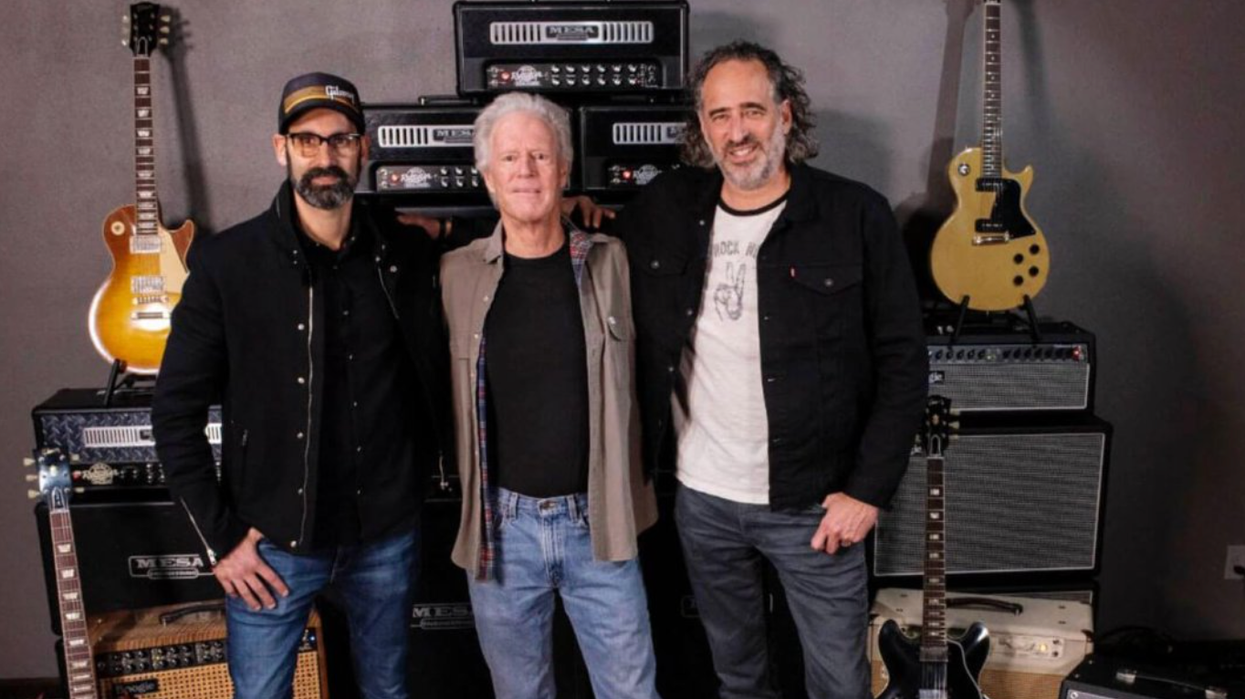
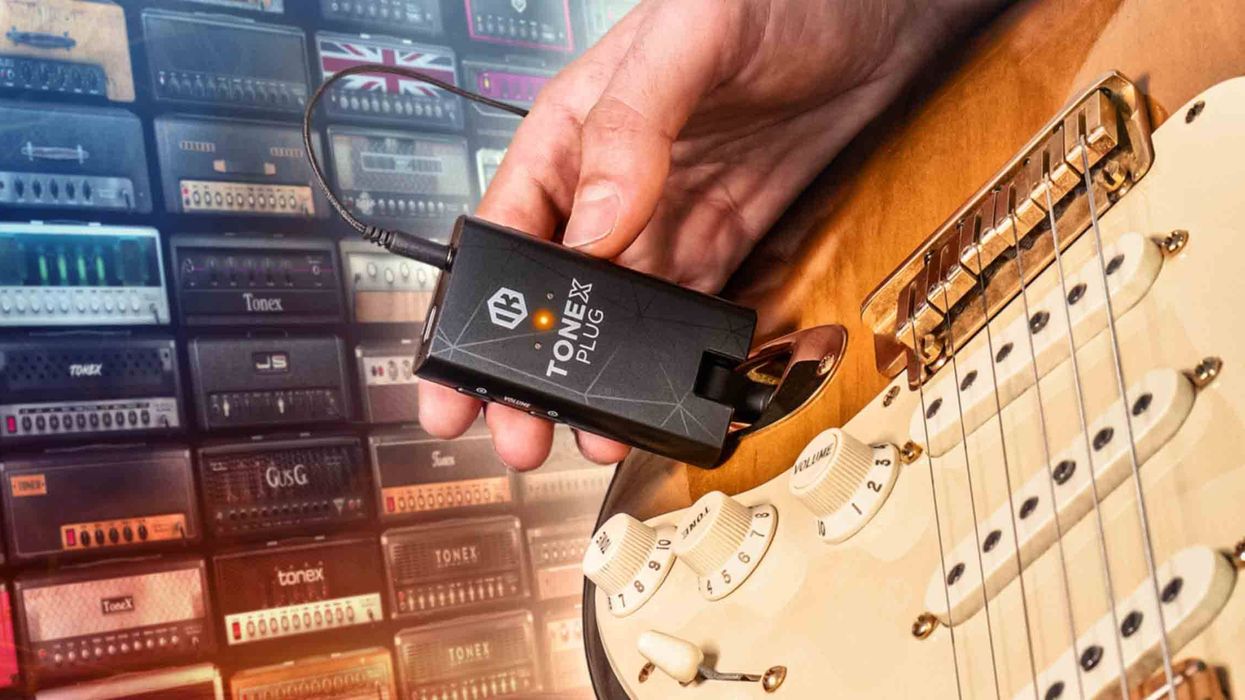

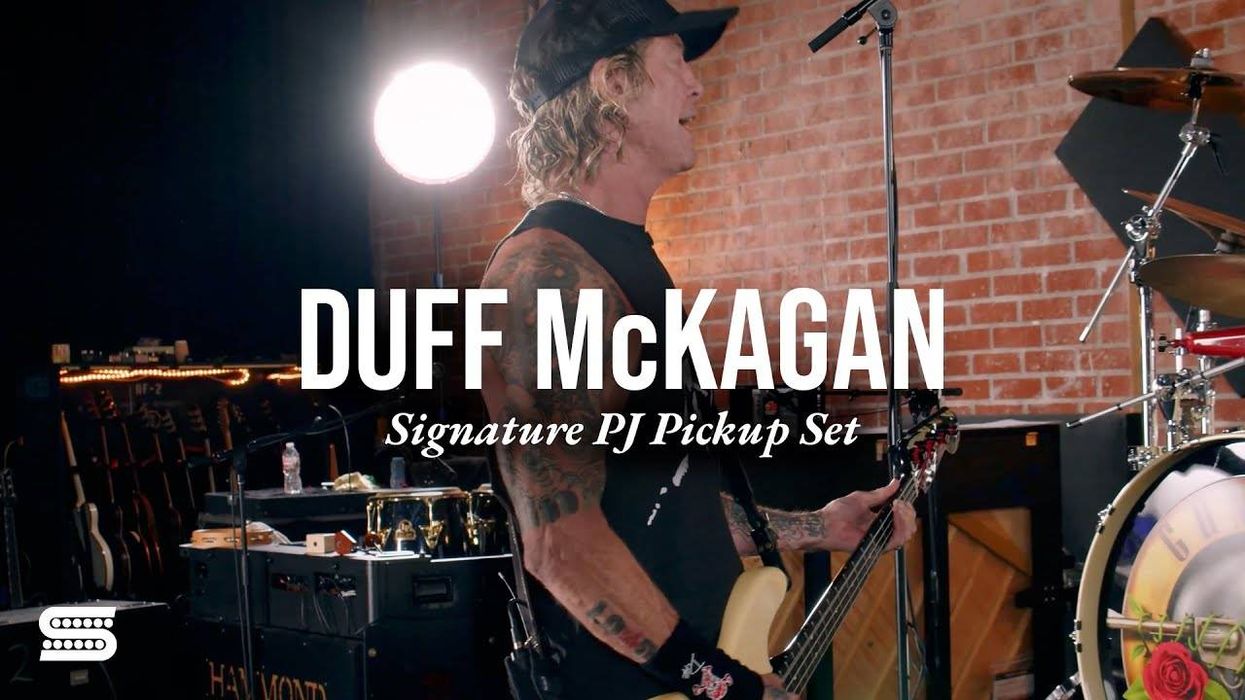

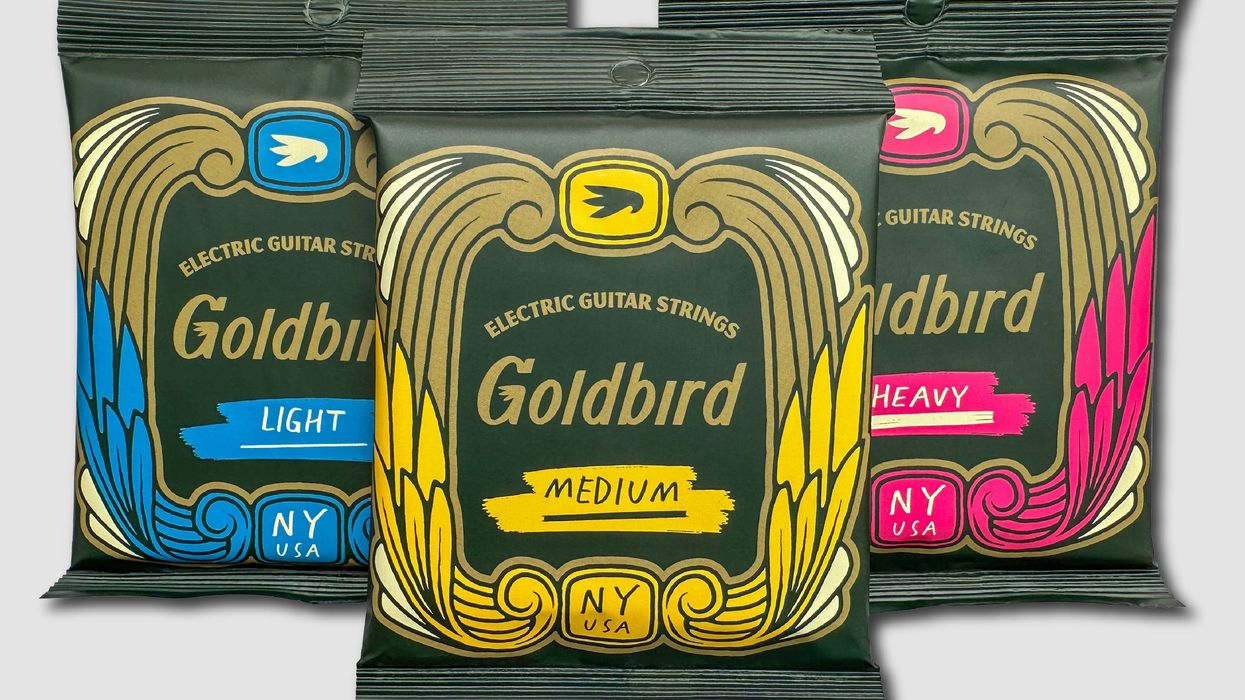





![Devon Eisenbarger [Katy Perry] Rig Rundown](https://www.premierguitar.com/media-library/youtube.jpg?id=61774583&width=1245&height=700&quality=70&coordinates=0%2C0%2C0%2C0)
